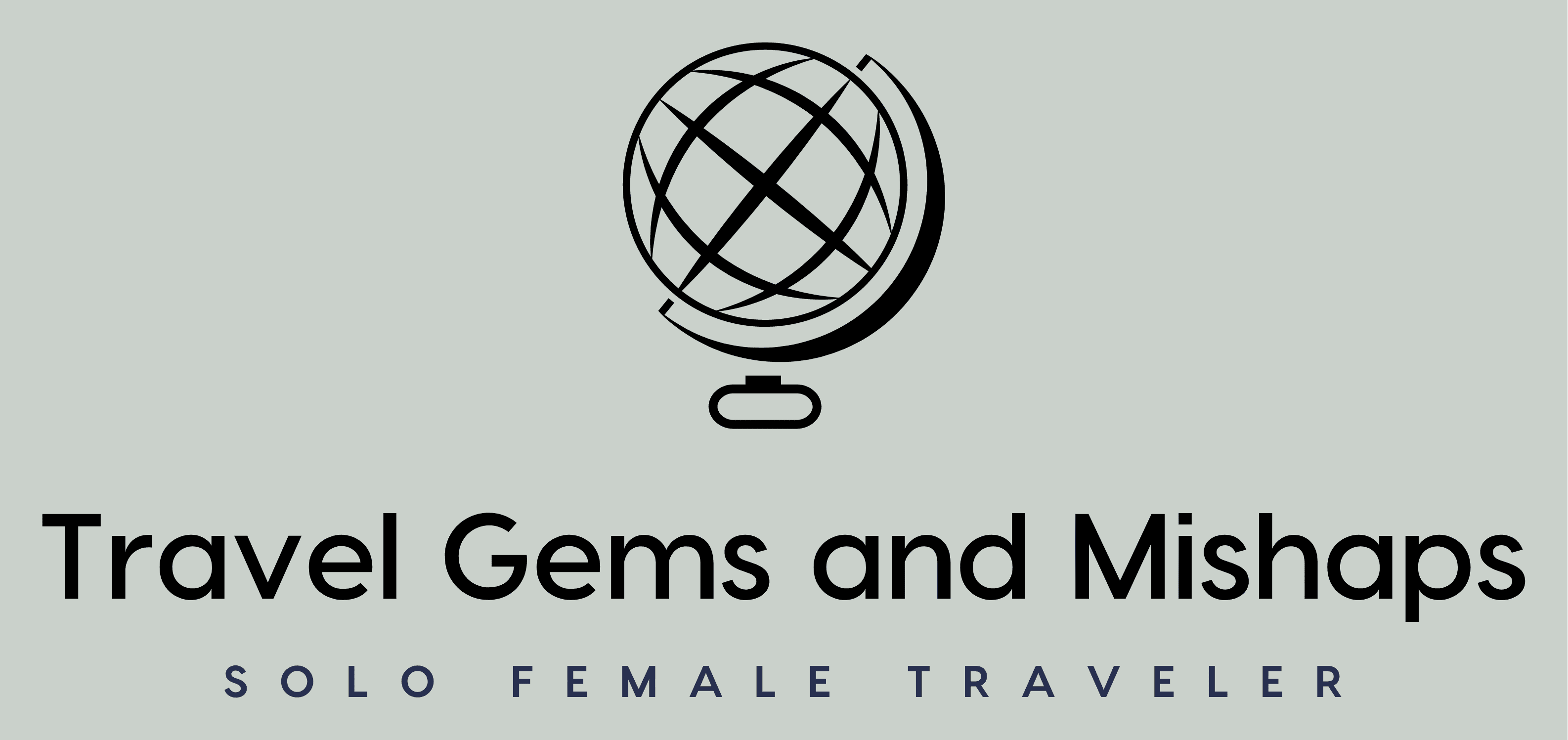I spent some time in Iceland recently. It’s a very unique country and the following are things that I learnt during my stay, which I am sharing as as my “tips and quirks”
- Iceland is the most sparsely populated country in Europe. In the 2022 census 387,800 people were recorded as living in Iceland (updated numbers posted in a restaurant, are below). 86% of the population define themselves as native Icelanders. So if you get a chance to talk to an Icelandic person, embrace the opportunity !

- The local currency is the Icelandic Krona. At the time of travelling 1SK was equal to €0.0066. When looking at prices I used 1,000 ISK as equal to €7, to calculate prices. Credit cards are widely accepted and there are lots of cash machines (ATM’s) available to withdraw cash for small purchases.
- Service staff do not expect tips in cafes, restaurants and bars. Tips are appreciated for tour guides and you should only give them ISK.
- You order at the counter and pay per round in a lot of restaurants, cafes and bars. Your drinks may be given to you straight away or brought to your table. It was unusual to be able to open a tab or pay when leaving. Usually this was only the practice in high end restaurants.
- It is an expensive country to visit. While there are lots of restaurants and cafes, to chose from, eating out is expensive. Most times I paid at least €30 per meal for one main course, a beverage and a coffee. You should also research tours and travel costs as these can be very expensive and can fluctuate depending on the time of year.
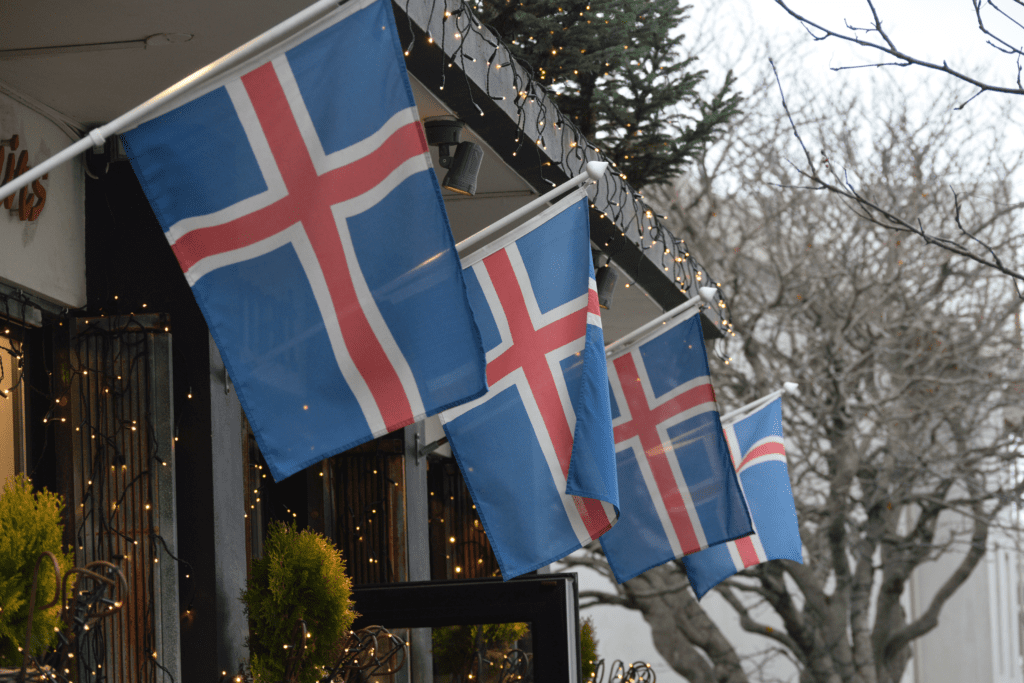
- English is widely spoken and often will be the main language spoken in shops, restaurants, attractions etc. All the museums I attended had signs in Icelandic and English.
- Icelandic is the local language and is strong sounding. It sounds very similar to Scandinavian languages. Place names can be very long as they often explain what something is.
- Foss means waterfall, examples : Seljalndsfoss and Gullfoss
- Fjall means mountain, examples : Reynisfjall and Drangafjall
- Jokull means volcano, examples : Eyjafjallajokull and Snaefellsjokull

- It’s an extremely safe country to visit. Crime figures are low and as a solo female traveller I felt extremely safe in all situations. This included walking in Reykjavik in the dark and driving a long distance alone.
- While Reykjavik is a very walkable city, there is lots of public transport. They have an extremely efficient system for tourists. A shuttle bus is available from the airport to the central bus terminal (45 mins) and then smaller shuttle buses are available to take you to stops in the city center. These are all located near hotels, hostels and apartment blocks. A one way ticket costs 5,000isk approximately (€33 or $37), which includes the transfer to the bus stop. Tickets can be purchased on-line, on Icelandic Air flights and at the airport. The local bus stops are also used by tour companies making it very convenient when going on a tours.


- Icelanders love their cars and hiring a car is probably the easiest way to travel around the country. There are approximately 1.5 cars per person in Iceland. You can get good deals when hiring a car during off season. I had intended taking the bus, but when I saw how cheap it was to hire a car, I hired one for 4 days. I paid approximately €50 per day for a small car, which included full insurance cover. While main roads are very safe and not very busy, you should be very careful driving off-road and on smaller roads. I laughed when the car dealer told me not to drive off-road (I was hiring a Toyota Yaris). Apparently lots of tourists do get themselves stuck in icy or muddy terrain. They drive small cars into areas where only a 4 wheel drive should be !
- If you do hire a rental car, unleaded petrol is labelled “Bensin”. They do use the universal “black handle” for diesel and “green” for unleaded petrol (gasoline). I saw 2 stations regularly : a very distinctive pink colour, the other yellow and green. There appeared to be lots of electric charging stations available also. If you do travel a long distance, do be careful as I didn’t see that many stations outside of the towns.


- The landscape is one of the most unique I have seen. Iceland is located on a rift between two tectonic plates (the Eurasian and North American plates). This is what creates the volcanos, craters, geysers and rifts. Locals are relaxed about the threat of Earthquakes and Volcanos as they are so used to them. They call small volcanos “Tourist Volcanos”.
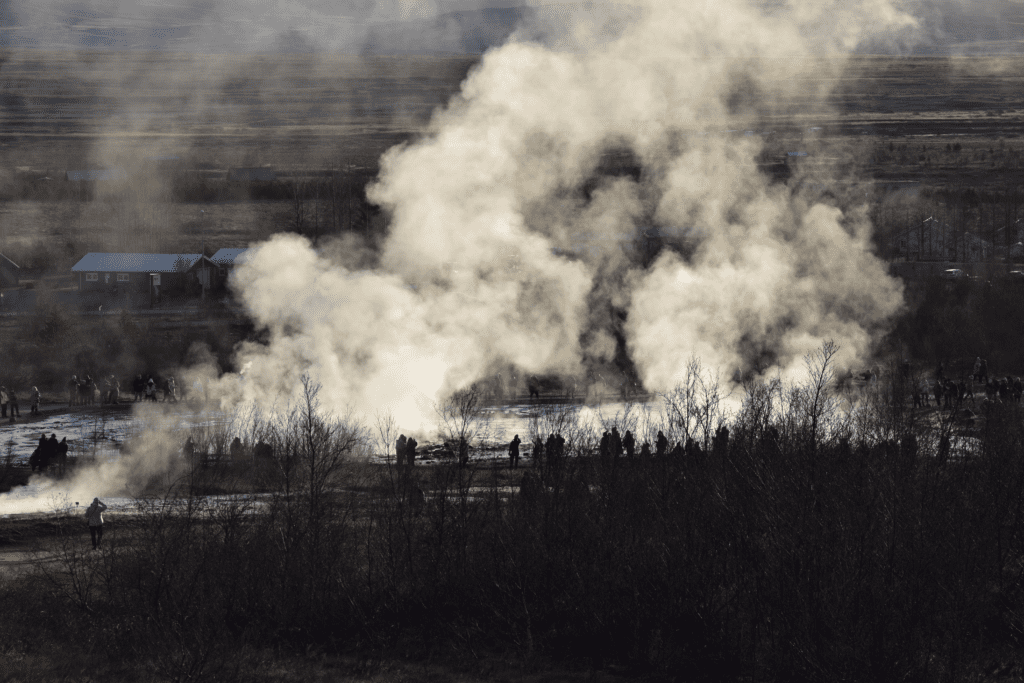
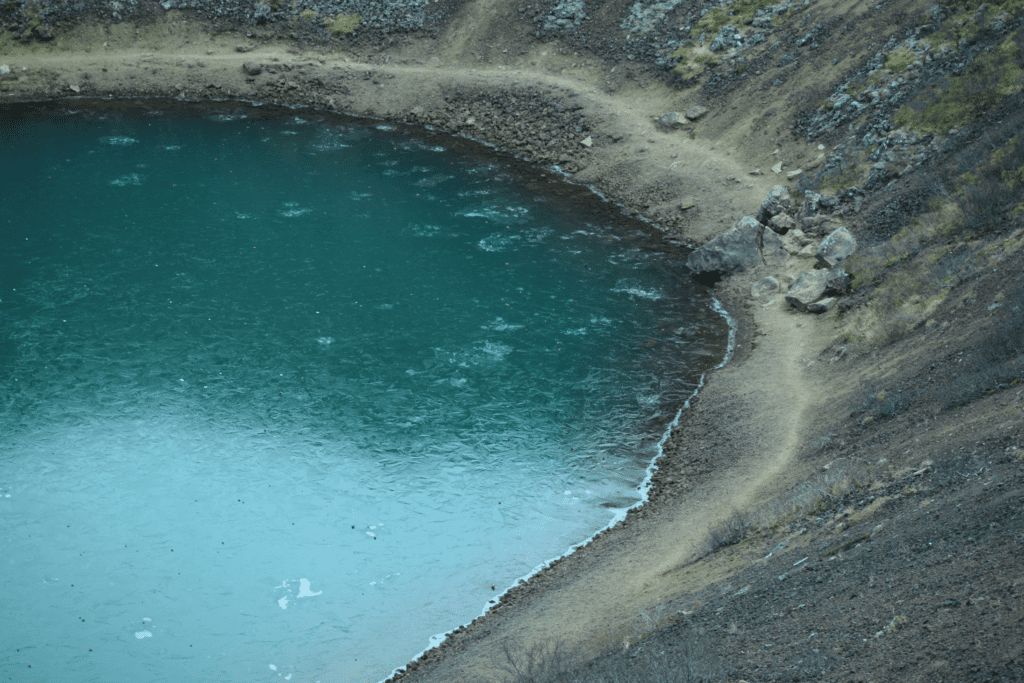
- Geothermal power is used throughout the country which leverages the natural resources of the hot springs. It is one of only a small number of countries, in the world, which creates enough to supply a significant share of its power requirement.
- Due to Icelands geographical location, it has very short daylight and long night times during the winter. The converse happens during the summer which has minimal darkness. In October and November the sun rose at about 10.00am and it set at about 5.00pm.
- Even during the cold weather, the Icelanders eat Ice Cream all year around. There are great local ice cream shops at attractions, towns and cities so don’t leave Iceland without trying some. Some farms have their own shops so the ice cream is sold right where it is made. If you get a chance to attend one, I suggest you do. Don’t be surprised if the cows are in a barn right beside the shop though, which was the case at the one I visited !
- The weather is very changeable. Icelanders will tell you, not to panic about the weather and to give it a few minutes as it could change. The wind is sharp and can be very strong. They have the some of the roughest hailstones I have witnessed. They felt like sharp stones hitting your face.
- I didn’t purchase one bottle of water during my visit. It was always available at cafes and restaurants. There were either containers left on the tables or you could pour yourself a glass from a serving area. I was always able to fill my water bottle at a hotel or cafe also. I loved this as hate the single use plastic culture which has become so common place and it also saved me some money.
- There are lots of free toilet facilities at amenities including the outdoor attractions. Some are open late at night. They are usually clean and well maintained.
- Due to the cold weather you often find that doors when entering buildings, are extremely heavy. Also, you can’t always close them, as they are on a swivel control system which closes automatically. This is to ensure they do actually close and are not left open.
- While the eruption of Eyjafjallajokull in 2010 caused lots of international airports to close due to the volcanic ash, Reykjavik airport remained opened. The wind was blowing the ash in the opposite direction to the local airport.
- The layout of Reykjavik is very interesting. Several museums are situated in residential areas so you really get a great feel for the city walking around. It is situated right on the Atlantic coast with a lovely marina and seafront.
- I was surprised at how many cosmopolitan restaurants there are in Reykjavik. These included Thai, Indian, Chinese, Vietnamese, Italian, Middle Eastern and Nepalese. My favourite was the Himalayan Spice Restaurant on the pier. There were also several ethnic restaurants in Vik, a smaller town I visited, including a Chinese and an Italian one.

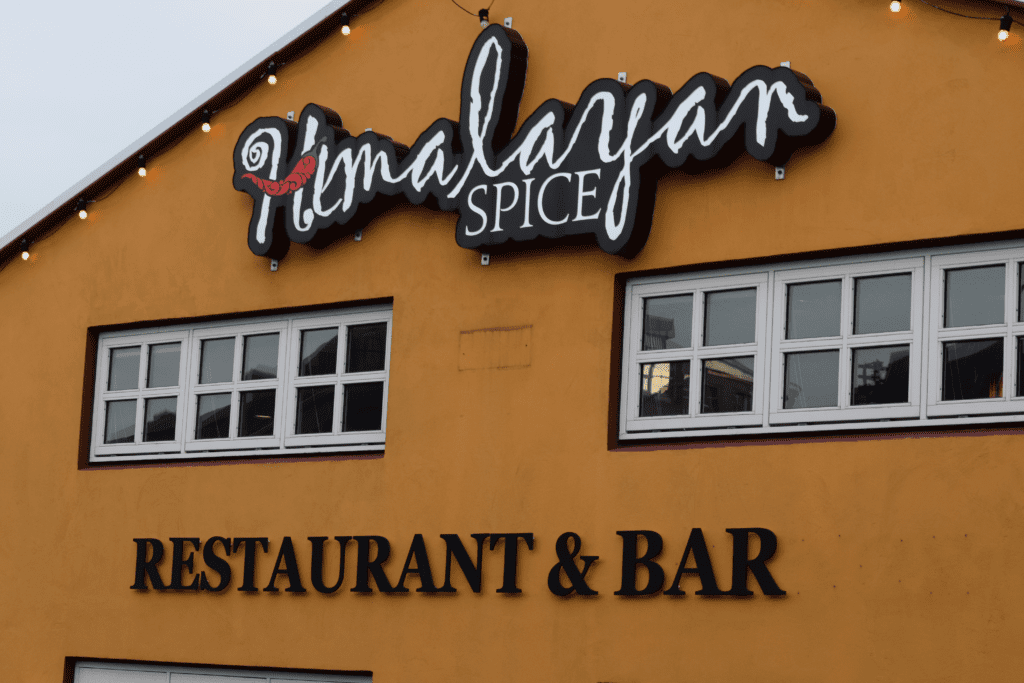
- The Hlemmur Food Hall in Reykjavik is well worth visiting for a drink or a meal. It is situated in a building that used to be the main bus terminal. Lots of buses still stop at the location. I expected it to have fast food style restaurants and was surprised at the quality of the food and drink. It is quite expensive but worth a visit. Also, locals frequent it and due to the communal seating either at the bar or tables, this was where I had conversations with locals on 2 occasions. Some of the bars close at 9pm and others are open until 11pm.
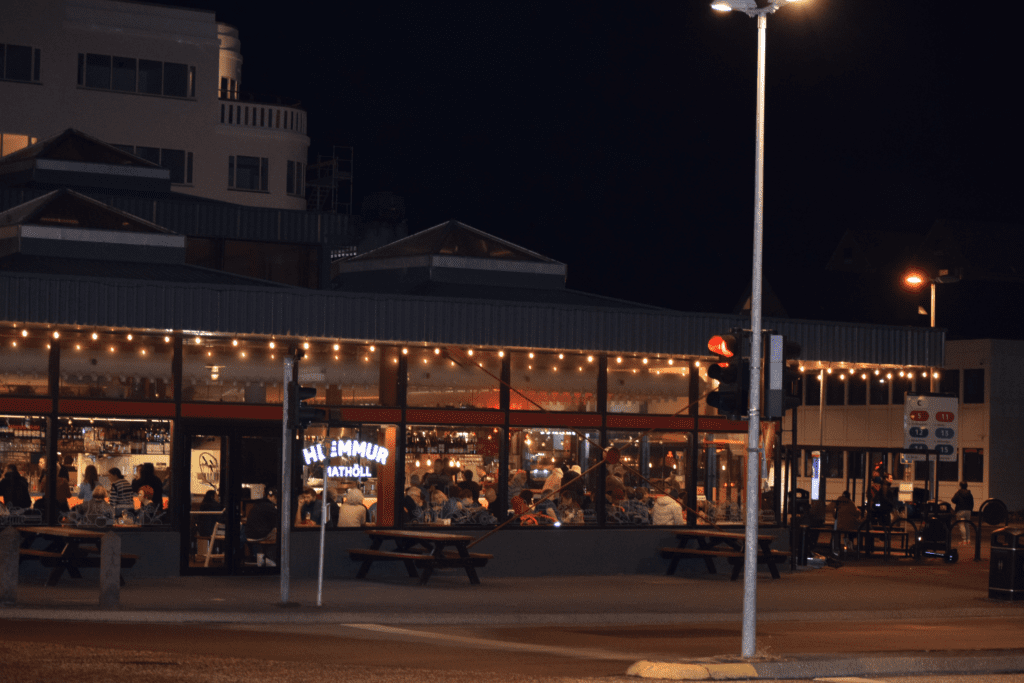
- Lots of bars and restaurants offer “Happy Hour”. Some will have a small selection of drinks at a reduced price i.e. one type of beer, wine or cocktail. Others will offer larger measures at the price of a smaller one. I didn’t see snacks provided free of charge anywhere. Happy Hour usually started at 3pm or 4pm but always finished at 6pm. There was usually a nice atmosphere in establishments during this time.
- Skyr is the Icelandic yogurt and is consider healthier than Greek yogurt. It contains more protein. Very few products made in Iceland are exported so while you may see “Icelandic Yogurt” sold elsewhere, it won’t have been made in Iceland. I highly recommend you try Skyr when visiting Iceland.
- There are lots of tour companies to chose from to attend attractions. You can certainly hire a car and do certain things yourselves. However, I do think that you can’t avoid using a tour company. I strongly suggest you :
- (1) shop around.
- (2) if your schedule permits you book them when in Iceland. You can then get advice from a hotel concierge or from visiting the tour office.
- (3) You look at small companies as opposed to large ones. I did a few tours with a small company i.e. less than 20 people. These seemed a lot more efficient and comfortable than the large 70 plus tour groups. You are always going to get people who will be late back to the bus and delay everyone so limiting the numbers is your best option. I went on a tour twice to see the Northern Lights. I was glad to be on a small bus as the guide was able to keep people together, move on an off the bus quickly and cover lots of ground. I wouldn’t have liked to have been part of a large group on those freezing, cold nights. While these tours may be a little more expensive, I think it is well worth it.

- There are lots of different types of tours to chose from to make your visit memorable. I suggest you chose wisely and shop around for the one that interests you the most.
- In my experience, the two which are the best are the ‘Golden Circle Tour’ (from Reykjavik) and an ‘Ice Cave Tour’ (available from smaller towns near Volcanic sites). These are unique and showcase Icelands fabulous landscape really well.
- Most people will want to go on a tour to see the Northern Lights and I tried on 5 occasions. Twice, we didn’t see them, despite the guides driving to different locations from 8.30pm to after midnight. Some companies will offer you a guarantee, that if you don’t see them you can rebook on another night. Also twice tours were cancelled due to fog and once I was unable to get a place. Therefore, research the companies T&C’s and remember you will need to be patient and wrap up very warm.
- The tour I regretted going on was Whale Watching. I went on a small one managed by Elding Adventure (based at Reykjavik peer). The boat is smaller than some but on a quite morning, there were over 70 people attending at 9am. While it was lovely to see the sunrise over Reykjavik, there was only 1 humpback whale in the bay at that time. There was something uncomfortable about watching 3 ships follow it and try to get as close to it as possible. We then went a little further out and again, along with 2 other boats, followed 1 whale. This tour lasted 3 hours and cost 12,700ISK (€84 or $92).
- Icelanders like to enjoy an alcoholic beverage. There are lots of local breweries and whisky distillers throughout the country. You will see beer and whisky available in lots of locations. If you are partial to one or the other, I strongly suggest you attend a local tasting. I also hope you get a local enthusiastic bar person to pour for you !
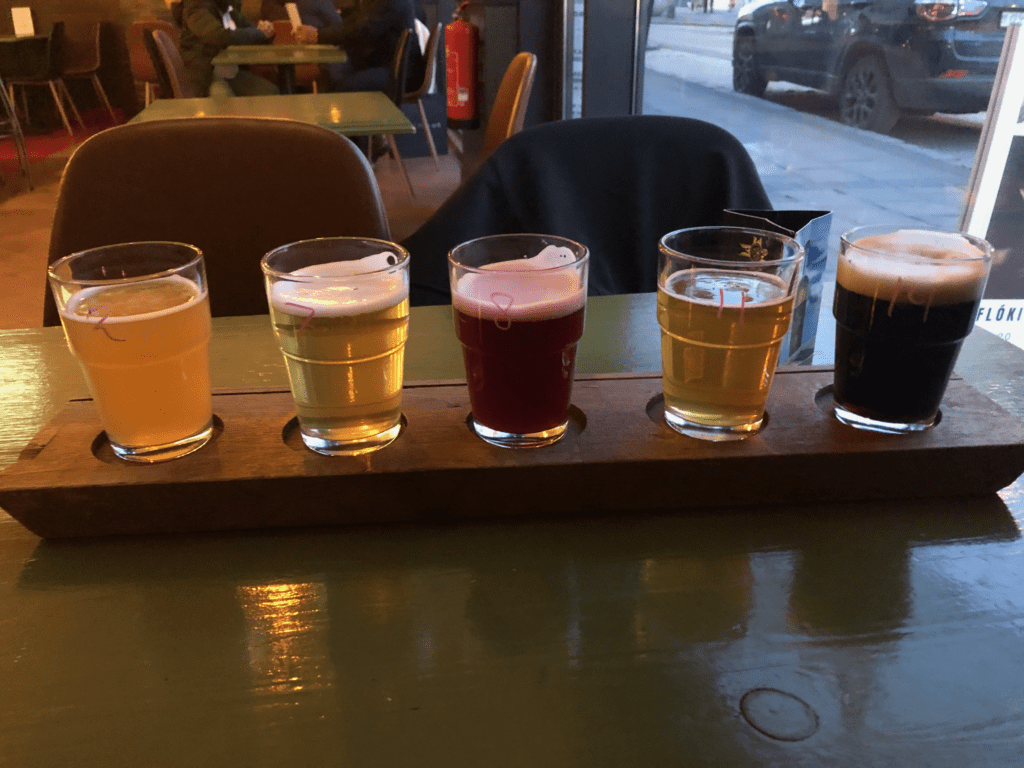

- Reykjavik City Card is available for 24, 48 and 72 hours duration. It costs €28, €42 and €56 approximately for each duration. This allows you access into some museums free of charge and you can get a small discount on others. You can also use most buses free of charge. I didn’t purchase this as after researching it, I didn’t think it was beneficial to me. However, if you are only in the city for a few days and plan to attend lots of places within the time limit, I recommend it. I didn’t get a local bus at any time as walked everywhere.
- All tourists can claim a percentage of VAT i.e. sales tax, back on certain purchases. Some shops will advertise that they don’t charge the tax and others will give you the documentation to claim tax back. This is only available on items costing more than 6,000 ISK (appromimately €42 or $44) . The standard rate is 24% and you can claim back between 12.5% and 14%. You get the receipt and a duplicate sales receipt at point of sale. It will show you how much you can claim back. You then complete some details (name, passport number, how you want to be reimbursed etc) and submit the paperwork at a desk before you go through security at the airport. Be careful that you locate the desk, as usually these facilities are after you pass through security. They will review the paperwork and will stamp it. I submitted some and it was a quick process. My refund was paid into my account 16 days after I left Iceland.
- The Black Sand Beaches are actually jet black ! The black beaches were formed when hot lava from a dormant volcano floated across the beach, cooled and solidified when hitting the cold water. They are truly beautiful and a sight to see !


I have travelled to lots of countries and Iceland is certainly one of the most unique places I have been to. I really enjoyed my visit and will have several more blogs on my travels posting soon !

